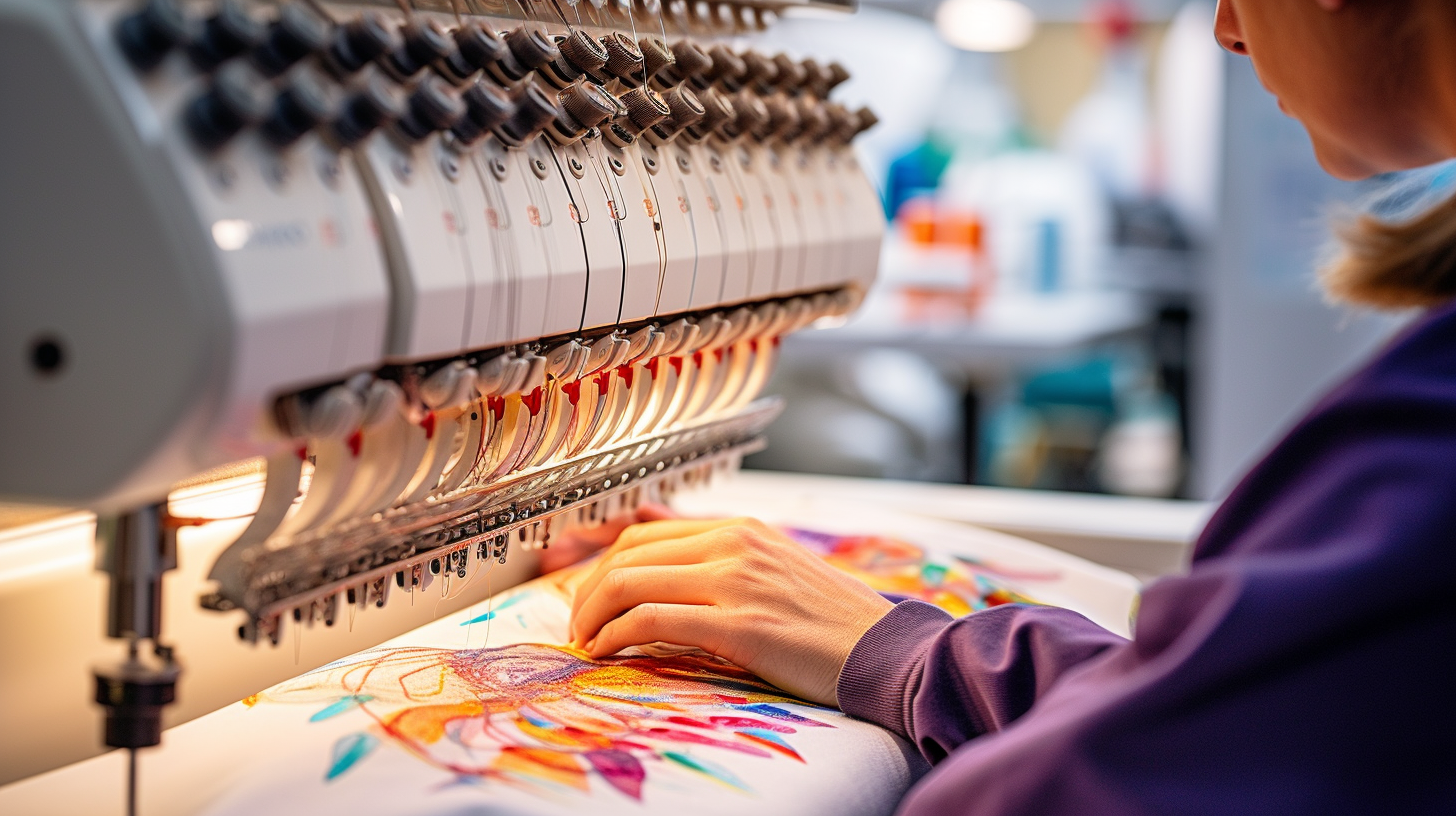Dependable Digitizing for Embroidery: Trusted by Specialists
Dependable Digitizing for Embroidery: Trusted by Specialists
Blog Article
Grasping the Needlework Digitizing Process: Your Ultimate Guide
Needlework digitizing is a thorough craft that requires precision and expertise to translate elaborate styles right into electronic styles for equipment embroidery. As craftsmens begin on this trip to understand the needlework digitizing procedure, a thorough understanding of the basics establishes the foundation for quality.

Comprehending Needlework Digitizing Basics
Needlework digitizing essentials form the structure upon which intricate styles are converted into machine-readable formats for accurate sewing. This first action in the needlework digitizing procedure is vital for making certain that the last stitched item is a loyal depiction of the initial style. Comprehending embroidery digitizing essentials involves comprehending crucial concepts such as stitch kinds, sew instructions, thickness, padding, and draw compensation.
Sew kinds play an essential duty in figuring out the visual and textural result of the embroidered design. By picking the ideal stitch kind, whether it be satin, fill, or running stitch, digitizers can accomplish the desired result and improve the overall quality of the needlework. Furthermore, stitch instructions affects the flow and dimension of the layout, while thickness identifies the spacing and coverage of the stitches.
Furthermore, padding stitching gives stability to the style by protecting the material and stopping distortion throughout the embroidery process. Draw compensation is one more important consideration to neutralize the natural tendency of textile to contract when sewn. Grasping these needlework digitizing fundamentals is fundamental for developing professional-quality embroidered items.
Picking the Right Digitizing Software
Picking the appropriate digitizing software application is a crucial choice that significantly affects the performance and quality of the embroidery digitizing procedure. Digitizing for Embroidery. When picking the right digitizing software application, it is necessary to think about factors such as the intricacy of layouts you intend to create, the user-friendliness of the software application, the level of consumer assistance offered, and the compatibility with your embroidery device
There are different digitizing software program alternatives readily available in the market, ranging from basic programs for novices to sophisticated software application for specialist digitizers. Some preferred selections consist of Wilcom EmbroideryStudio, Hatch Needlework Software Program, and PulseID. These software program packages offer a vast array of tools and functions to help you develop intricate layouts easily.
Before making a decision, it is a good idea to check out the various software application choices with totally free tests or trials to establish which one ideal fits your requirements. Additionally, reading testimonials and looking for suggestions from skilled digitizers can offer valuable insights right into the staminas and weaknesses of each software (Digitizing for Embroidery). By meticulously examining your demands and comparing the attributes of various digitizing software application, you can make an informed selection that improves your embroidery digitizing workflow
Digitizing Devices and Methods

Optimizing Layout Settings for Embroidery
Grasping the complexities of design setups is essential in attaining ideal outcomes in the embroidery digitizing procedure, building upon the structure laid by understanding digitizing devices and techniques. When maximizing design setups for embroidery, it is necessary to consider aspects such as stitch type, thickness, rug, draw compensation, and enrollment. Enrollment settings line up different aspects of the layout accurately, keeping overall style this website honesty.

Troubleshooting Common Digitizing Issues
When coming across typical digitizing issues during the embroidery procedure, it is important to understand the origin and execute reliable services without delay. One typical trouble is stitch density problems, where stitches might be too thick, causing the material to tighten, or too thin, leading to spaces in the layout. Adjusting the stitch thickness setups in the digitizing software can assist settle this issue.
An additional frequent difficulty is string breaks throughout the embroidery process. This can take place due to different factors such as wrong stress settings, boring needles, or making use of low-grade thread. Making sure correct maintenance of the embroidery maker, consisting of regular needle changes and tension modifications, can reduce the incident of string breaks.
In addition, design registration errors can lead to misaligned components within the needlework layout. Checking the design alignment in click resources the digitizing software application and making needed changes prior to stitching can help in avoiding this problem. By addressing these typical digitizing problems immediately and successfully, you can ensure a smoother embroidery process and premium completed products.
Final Thought
In final thought, grasping the embroidery digitizing process requires a solid understanding of the basics, the right choice of software, and expertise of devices and strategies. Enhancing style settings and troubleshooting common digitizing concerns are critical actions in making sure top notch needlework results. By complying with these steps faithfully, one can attain accuracy and effectiveness in the digitizing process.
Report this page